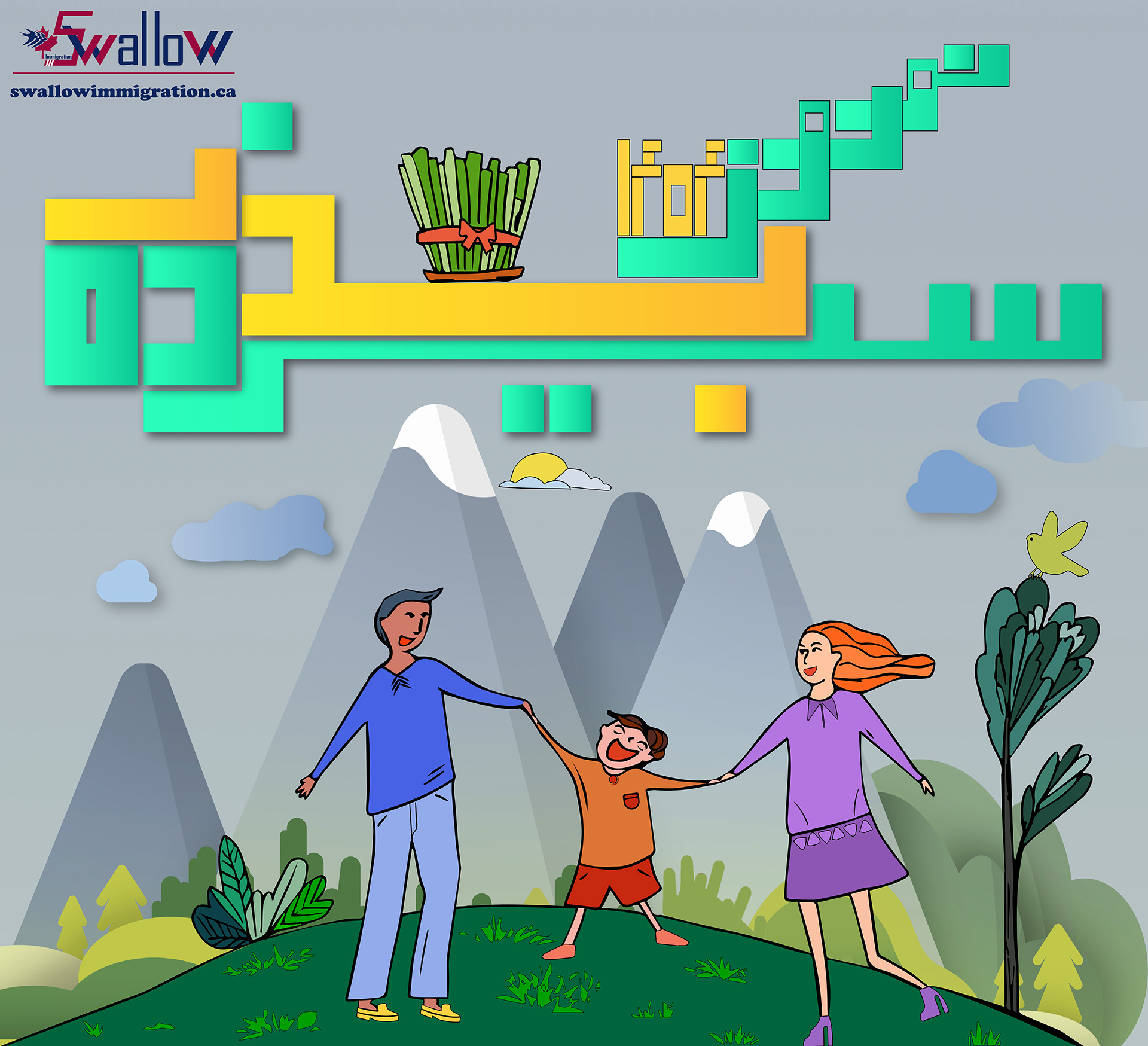Sizdah Be-dar: Embracing Nature and Celebrating the Persian New Year’s Finale
Sizdah Be-dar (سیزدهبدر) is an ancient Persian festival celebrated on the 13th day of Nowruz (Persian New Year), which usually falls on April 1st or 2nd. It is also known as Nature’s Day and is considered a time to spend outdoors with family and friends.
Origins and Meaning
- The festival dates back to ancient Zoroastrian traditions, where it was believed that the number 13 carried bad luck, and spending the day in nature would help avoid misfortune.
- It also symbolizes the end of the Nowruz celebrations, as people bid farewell to the new year's festivities.
How It’s Celebrated
- Picnicking Outdoors: Families and friends gather in parks, gardens, or the countryside to enjoy nature.
- Releasing Sabzeh: The sprouted wheatgrass (Sabzeh) grown during Nowruz is thrown into running water (rivers or streams) to symbolize renewal and letting go of bad luck.
- Knot-Tying Ritual: Young unmarried individuals tie grass knots while making wishes for love and marriage.
- Games and Music: People play games, dance, and listen to traditional Persian music.
- Eating Special Foods: Common dishes include Ash Reshteh (a Persian noodle soup), fruits, nuts, and kebabs.
Cultural Significance
Sizdah Be-dar is deeply rooted in Persian culture and continues to be celebrated in Iran and among Persian communities worldwide. It promotes harmony with nature, family bonding, and renewal of energy for the coming year.
Happy Sizdah Be-dar! 🌿
Swallow Immigration wishes you a joyful Sizdah Be-dar filled with happiness, nature, and togetherness! May this special day bring fresh beginnings, good fortune, and peace to you and your loved ones. 🌱✨
Enjoy the beauty of nature and celebrate the spirit of renewal! 🌍💚


